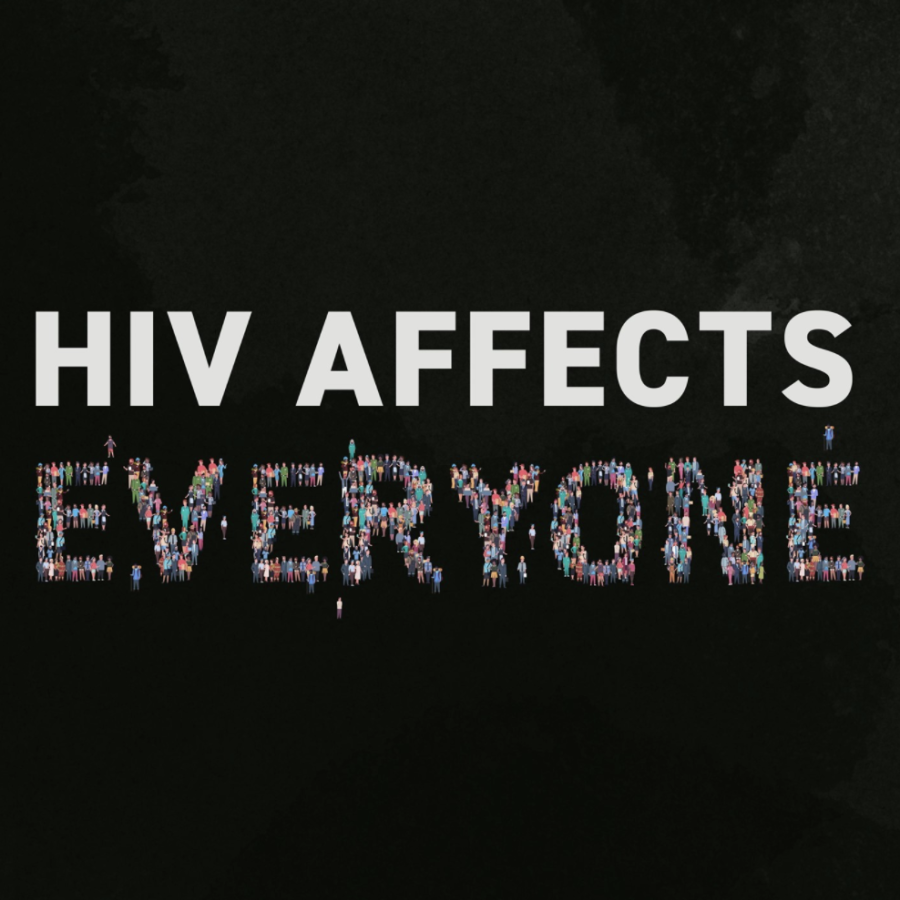Newest HIV cure via successful umbilical stem cell transplant in the ‘New York Patient’
March 2, 2022
Until recently, there have been no effective cures for HIV, or human immunodeficiency virus, with only treatments to curb symptoms and immunodeficiency caused by the disease. But with new improvements to genetic technology, the first woman has been presumably cured in the United States.
The patient, now nicknamed the “New York Patient,” is a 64-year-old woman who was also diagnosed with Leukemia. The “New York Patient” is a part of a study conducted by Dr. Yvonne Bryson of the University of California Los Angeles and Dr. Deborah Persaud of John Hopkins University in Baltimore Maryland, in which she received stem cells via an umbilical cord that appears to have cured her HIV, having been in remission for 14 months now.
View this post on Instagram
She was given her treatment at New York Presbyterian Weill Cornell Medical Center in New York City. This treatment was created by the Weill Cornell team to expand treatment options for cancer patients that lack HLA-identical donors. It consists of a transplant of umbilical cord blood, then a day later receiving a larger graft of adult stem cells.
The stem cells came from a donor umbilical cord, which she was given in combination with blood from a close relative to give her body temporary immune defense while she got the transplant due to her immune system already being compromised by the HIV adjacent disease, AIDS.
The stem cell donor was naturally resistant to HIV and the use of stem cells was important because stem cells can become any other type of cell in the body. Essentially replacing all cells in her body and opening the opportunity to get rid of the infection for others suffering from HIV. However, donors must have a close enough match to the recipient’s human leukocyte antigen, or HLA, to ensure that the transplant will engraft well, lowering chances of graft versus host disease.
The donor must also have a genetic abnormality that causes HIV resistance which is rare. This genetic abnormality is largely found in those with northern European ancestry and even then, it is only about a 1 percent chance of them having it. This makes it harder for those that do not have substantially similar ancestry to receive a stem cell donation comparatively.
The study that she is a part of aims to follow the treatment and curative plan of 25 participants who receive stem cell transport via the umbilical cord blood to treat other diseases as well. This study is currently being funded by the U.S. Government. Doctors are considering making this a more accessible treatment for other HIV patients.
This treatment is a huge step to finding a definite cure for HIV and is a landmark case for women with HIV as it is believed to progress differently than men, with only 11 percent of women being included in studies despite them being more than half of those with diagnosed cases.
However, this treatment is deemed unethical by some as it is a toxic and sometimes fatal procedure for those that do not already gave a fatal condition that would have already made them a candidate despite their HIV infection. While this is not a feasible option for all, it could provide hope to so many living with HIV as well as other diseases and conditions.
This is the third case of a person being cured of HIV, yet the first woman and the first mixed-race patient. The other two, who have now been identified as Timothy Ray Brown and Adam Castillejo were only known as the “Berlin Patient” and the “London Patient” until recently. The two were both supposedly cured via stem cells as well, however, their donors came from bone marrow.
These types of transplants are highly invasive and are usually only offered to those with cancer who have exhausted all other treatment plans. The two were given bone marrow from those who carry a mutation that blocks the HIV infection. However, this potential treatment is not as accessible as an umbilical cord donation as the mutation has only been identified in about 20,000 bone marrow donors, with a majority of whom being from Northern European Descent, making them not a plausible treatment for those of all backgrounds.
This previous treatment also comes with many more negative side effects than umbilical cord stem cell transplants. The bone marrow replaces the entire immune system of the recipient and both cases resulted in suffering because of this.
Recipients can experience graft versus host disease which results in the donor cells attacking the body of the recipient. Both men cured of HIV via bone marrow transplants suffered from these side effects with Mr. Brown almost dying and Mr. Castelillejo suffering from multiple infections, loss of hearing, and losing nearly 70 pounds post-transplant.
However, it has been found in some studies that the risk of this disease can be decreased with cord transplants compared to bone marrow transplants, but it is still possible. Other potential cures involve CRISPR-based technology to treat HIV via gene sequencing therapy. Although this is not a cure like the umbilical cord transplant, it can bring the body back to normal immune cell levels so that they no longer have AIDs.
As long as their treatment holds, these three cases provide a blueprint for potentially permanent HIV cures.
HIV has been prevalent in the United States since around the 1980s, causing acquired immunodeficiency syndrome or AIDS in those that are infected. Although its origin is not completely known, it is widely believed to have originated in Kinshasa, the capital of the Democratic Republic of the Congo around the 1920s. There are currently two main types of the HIV virus, HIV-1 and HIV-2, with HIV-1 accounting for 95 percent of all infections today. HIV-2 is much less infectious and is mainly found in the West African area.
This virus is thought to have been originated in chimpanzees and passed to humans when they hunted chimpanzees for meat and came into contact with their infected blood. Humans then transmitted this disease through sharing bodily fluids excluding saliva, tears, or sweat. When the first cases were reported in the United States in the 1980s, it quickly became a very taboo topic as it was believed to have only passed through homosexual men, but now it is known that there are many different ways to contract HIV, most commonly in hemophiliacs and heroin users.
There are three main stages of HIV: acute primary infection, the asymptomatic stage, and symptomatic HIV infection. The acute primary infection comes with flu-like symptoms, then no symptoms during the asymptomatic stage, which can last up to 10 to 15 years. Finally, once HIV is left untreated, it will begin to severely damage the person’s immune system, which is when AIDS occurs.
As of 2019, 36,801 people were diagnosed with HIV in the United States, however, the number of diagnoses had decreased by 9 percent from 2015 to 2019. HIV weakens your body’s immune system making it extremely hard for your body to fight off any other kind of disease or virus that infects it.












